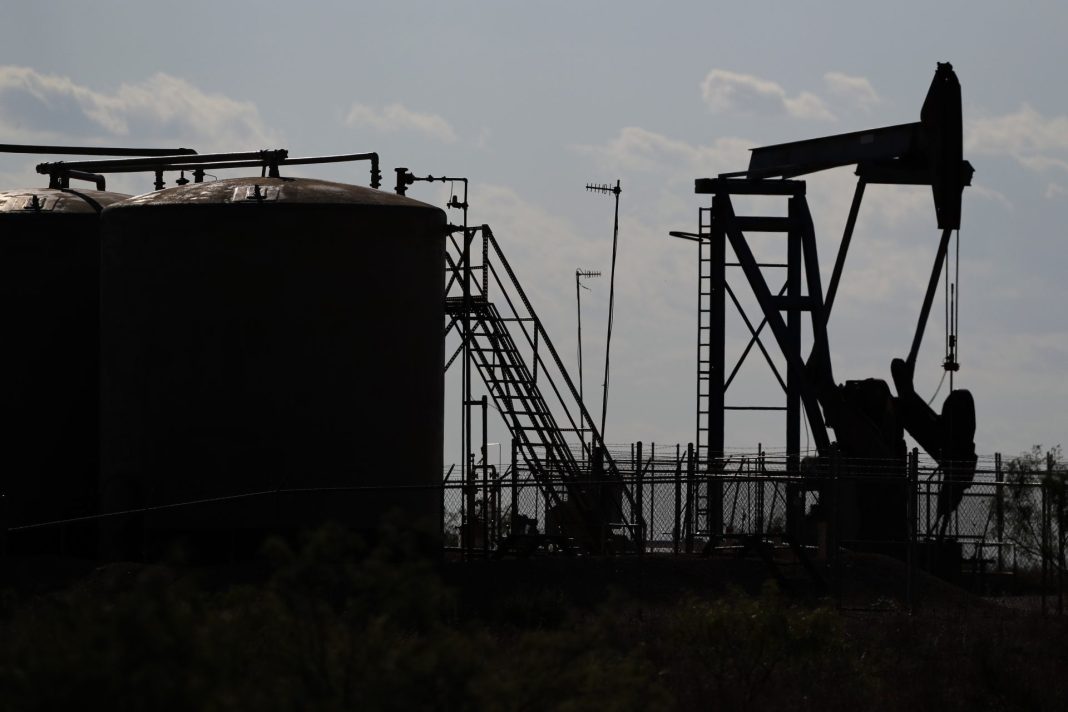|
Only have a minute? Listen instead
Getting your Trinity Audio player ready...
|
In a world where the specter of economic downturn is ever looming, there’s a beacon of hope: energy. Particularly, oil and natural gas. “Where there’s energy, there’s economic growth,” is more than just a catchphrase — it’s the economic pulse check of our time. While some investors have hedged bets against the economy, we shouldn’t be too hasty in our forecasts. The U.S. Energy Information Administration suggests global oil demand is set to reach record heights in 2023 as well as 2024.
Consider this: If our oil and natural gas sectors are thriving, can a recession truly be around the corner? The Texas Oil & Gas Association’s recent outlook for Q3 2023 offers compelling insights.
Throughout 2023, we’ve seen robust demand, record oil and natural gas exports, and encouraging domestic production figures. Take, for example, that U.S. crude oil stocks fell in August to their lowest since 1985, heightening concerns about extended supply cuts by OPEC+. In contrast, U.S. natural gas storage has remained strong, highlighting a tale of unprecedented productivity.
This energy narrative isn’t confined to the borders of Texas or the U.S. — it’s a global story. International economies are exceeding official projections made earlier this year. Even Texas’ economy, which the state’s comptroller conservatively expected to grow by 0.9% this year, surprised with 5.0% year-over-year growth in Q1 2023.
Current projections place global GDP growth at 2.4% for 2023 and 2.3% for 2024. History tells us that such growth will invariably increase the world’s thirst for energy, with oil and natural gas quenching 70% of that demand. The intertwining between GDP growth and energy isn’t just a post-pandemic phenomenon — it’s been evident for decades.
The critical question then is: From where will this energy come?
The U.S., with Texas at its lead, is poised to be a global leader in oil supply growth, even as OPEC+ cuts their output. The Lone Star State’s achievements this year — be it in oil production, total supply, or refining — are nothing short of historic. But with soaring production, we’ve witnessed a significant decrease in U.S. crude oil inventories, which should serve as a call to action for policymakers.
Interestingly, while Texas’ oil milestones make headlines, the state’s robust natural gas storage levels offer a competitive edge. With prices as they stand, industries ranging from refining and petrochemicals to electricity generation, fertilizers, refractories and bakeries have benefited immensely.
Looking back, the Texas energy progress offers an object lesson in productivity. Between 1990 and 1996, the relationship between production and industry employment was consistent. But post-2005, as the energy revolution accelerated in Texas, the state witnessed exponential growth in production even as employment figures waxed and waned. Fast forward to Q1 2023, and Texas’ energy sector now employs over 482,000 individuals, highlighting not only the industry’s growth but also its innovation and efficiency.
In closing, Texas’ prowess in oil and natural gas production in 2023 is not just a testament to its abundant resources or business-friendly climate. It’s a shining endorsement of its energy infrastructure, innovation and indomitable spirit. Texas isn’t just an energy state — it’s the global energy capital.
Dean Foreman is chief economist at the Texas Oil & Gas Association.





